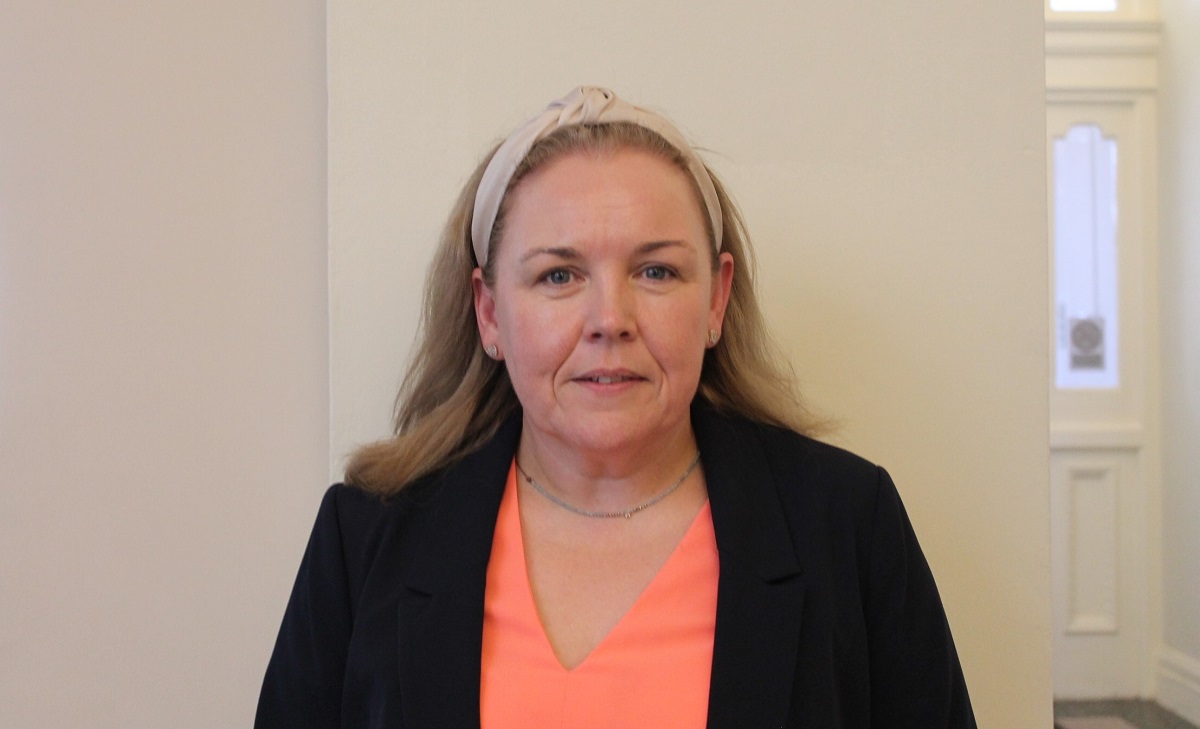OVER a quarter of people in Fermanagh and Omagh are deemed to be living in ‘relative poverty’ – the highest proportion recorded in any part of the North.
According to figures released in the Northern Ireland Inequality and Poverty report, 27 per-cent of people across the council area fell beneath the poverty line. ‘Relative poverty’ is when a household receives 50 per-cent less than the average household income.
Disproportionately high levels of deprivation were also recorded elsewhere in Tyrone, with 20 per-cent of the inhabitants of Derry and Strabane earning an income that fell below the poverty threshold.
However, Mid Ulster had a comparatively low amount of people living in relative poverty. In fact, with 16-percent, Mid Ulster – the territory of which encompasses towns such as Cookstown, Dungannon and Coalisland – recorded a figure that was marginally lower than the regional average.
Across the North, 17 per-cent of people are described as living in relative poverty.
Speaking with the Tyrone Herald, Deirdre O’Connor, Anti-Poverty Officer for Fermanagh and Omagh District Council (FODC), said, “There are many different ways to measure poverty and deprivation, but these particular figures are based on income.
“What they show is that a higher percentage of people in Fermanagh and Omagh have incomes that fall beneath the relative poverty line than any of the region’s other ten council areas.”
The report also showed that rurality was a key component in determining – or, at least, predicting – relative poverty.
In areas described as urban, there was an average poverty rate of 13 per-cent. Meanwhile, those who resided in a place defined as rural experienced significantly higher levels of financial hardship, with 21 per-cent living in relative poverty.
Lisburn and Castlereagh was the area with the smallest proportion of its population living in relative poverty, with just 11 per-cent.
Belfast City, despite being home to some of the North’s most historically neglected communities, also fell beneath the regional average, with just 15 per-cent of residents living in relative poverty.
Deirdre O’Connor continued, “The figures for Tyrone, and especially Fermanagh and Omagh, are stark and startling, and the core issues that have brought them about will not be easily solved.
“As a council, we are working towards developing a long-term strategy to tackle these roots causes.”
However, the officer was quick to point out that there is also immediate help available from local councils, as well as voluntary and statutory organisations.
“Last year FODC put together a cost of living support package to provide aid in the form of financial relief, help covering essential costs, as well as advice and support, and that assistance is available again this year.
“Just visit ‘www.fermanaghomagh.com/costofliving’ to see what help is available. If you are struggling, please reach out. Anybody can fall on hard times, and it is better asking for help today instead of letting things spiral out of hand.”







